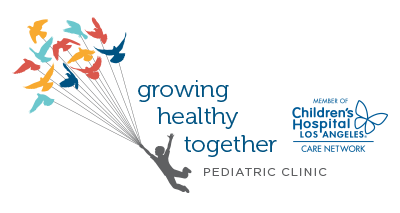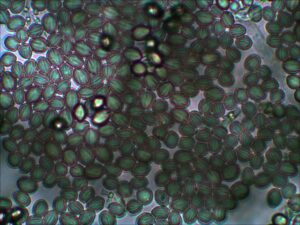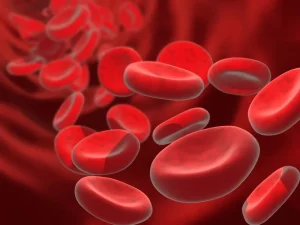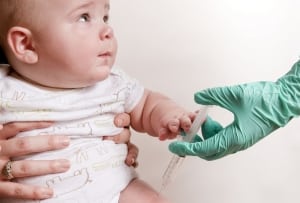Vitamin E is a vital nutrient responsible for liver function, disease prevention, immunity, and skin, and eye health. This vitamin acts as an antioxidant, which can protect cells from damage due to free radicals. While this is true, it is important that you do not give your child too much vitamin E. Children typically get enough from diet alone and don’t usually need more than they are already getting.
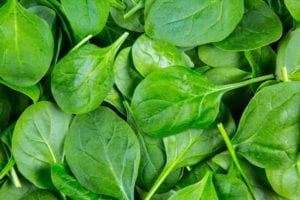 Vitamin E is found in sunflower seeds, almonds, hazelnuts, mixed nuts, vegetable oil, tomatoes, sweet potatoes, carrot juice, broccoli, spinach, greens and fortified foods.
Vitamin E is found in sunflower seeds, almonds, hazelnuts, mixed nuts, vegetable oil, tomatoes, sweet potatoes, carrot juice, broccoli, spinach, greens and fortified foods.
Vitamin E is a fat-soluble vitamin. Fat-soluble vitamins, like A, D, E, and K, are stored in fatty tissues and in the liver. They are used as your body needs them and otherwise remain stored. Large quantities of fat-soluble vitamins tend to be more toxic because your body stores them, rather than pees them out. For more information on water-soluble vitamins, fat-soluble vitamins, or minerals, visit our Vitamins and Deficiencies blog.
Vitamin E Deficiency
First of all, vitamin E deficiency is uncommon in children, even if they are picky eaters. If you are providing a healthy, balanced diet for your child(ren), they are likely not deficient. Children who tend to be deficient include children who were premature babies, children with some kind of malabsorption problem, like those with Crohn’s disease or cystic fibrosis, and children with abetalipoproteinemia.
Deficiency Symptoms
- Nerve & muscle damage
- Loss of feeling in arms/legs
- Loss of control of body movement
- Muscle weakness
- Vision problems
Finally, if you think your child may be deficient in vitamin E, contact your pediatric healthcare practitioner. A lab test can be conducted to determine vitamin levels.
Toxicity
Vitamin E toxicity is usually due to over-supplementation. Individuals at the highest risk of overdosing on vitamin E are adults that consuming extremely high doses. Some studies found that vitamin E supplementation can reduce the risk of cancer, heart disease, and stroke, so many individuals starting taking higher doses at an increased risk to themselves. This phenomenon is not common in children.
Symptoms of Vitamin E Toxicity
- Excessive bleeding
- Cardiovascular complications
- Increased risk of cancer and stroke in older individuals
Toxicity in children is usually due to kids consuming a high dose of vitamin E supplements.
Keep all adult medications and vitamins far out of reach of children. Do not leave pill bottles out or open, and store them way above kids’ reach. Additionally, kid vitamins are much harder to overdose on and are less likely to cause damage than adult vitamins.
Furthermore, it is important to remember that diet supplements are not tested and regulated like prescription drug products. Problems with safety, contamination, and quality are common with these products, even if purchased from a reliable source. Visit the Growing Healthy Together Fullscript page for a look at the vitamin and mineral supplements that we prefer.
Vitamins
Finally, it can be hard to include the right balance of vitamins your kids need through food alone. Therefore, it’s always important to provide good, balanced meals for your little ones. Because of dietary differences, families who are vegetarian or vegan may need to rely on supplements for some of the vitamins found in meat and/or dairy. Additionally, if your child has bad eating habits, they may require supplements.
For those interested in the minimum RDA (Recommended Dietary Allowances), refer to the National Institutes of Health Nutrient Recommendations.
Also, if you are unsure about your vitamin/mineral levels, a lab test can identify if you or your child are deficient. If you choose to provide nutrients in the form of supplements, it is still important to maintain good health in other ways. And, as always, keep all supplements out of the reach of children.
And for a more in-depth look at deficiency and toxicity, check back in on our blog series, including the following:
- Vitamin A
- B Vitamins
- Vitamin C
- Calcium and Vitamin D
- Vitamin E
- Iodine
- Iron
- Vitamin K
- Magnesium
- Omega-3 Fatty Acids
- Zinc
Finally, for questions or concerns, please respond to this blog or contact us.
